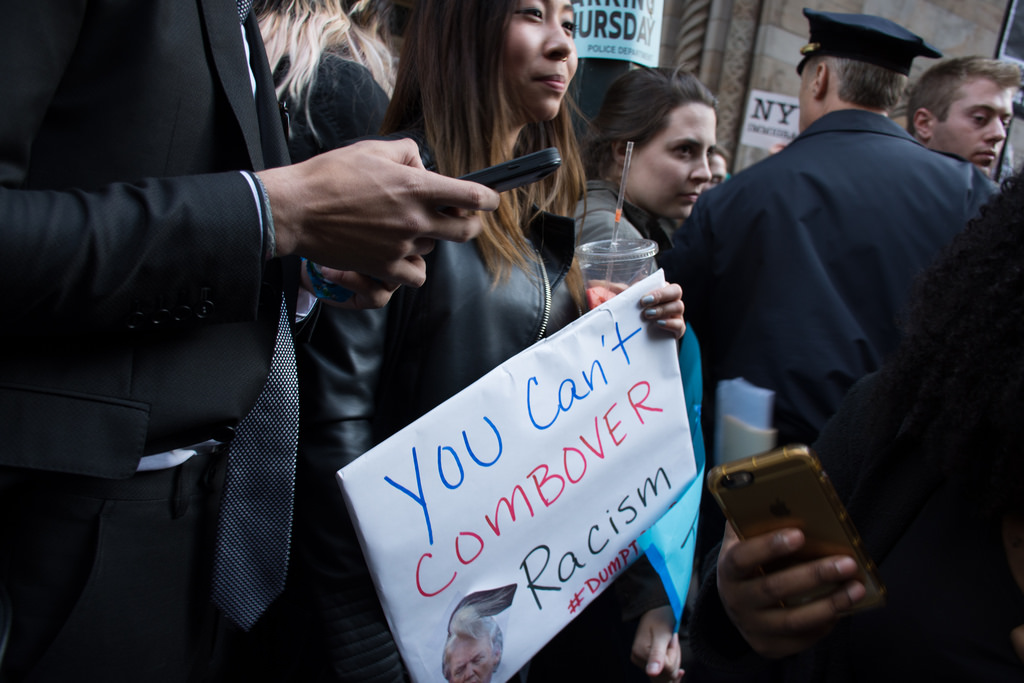The 2012 election saw the highest levels of party loyalty and straight-ticket voting since the American National Election Studies began tracking American voting patterns in 1952. Over 90% of Democrats and Republicans, including voters who claimed to be independents but indicated that they leaned toward one party or the other, supported their party’s presidential candidate. Close to 90% supported their party’s House and Senate candidates as well, and 83% cast a straight-party ballot for president, House, and Senate.
There is no reason to expect voting patterns in 2016 to differ from those in 2012. Party loyalty has surged in the American electorate since the 1980s even as the percentage of voters claiming to be independents has risen to a record level. This surge in party loyalty has involved strong identifiers, weak identifiers, and independents who lean toward one of the two parties alike.
These exceptionally high levels of party loyalty and straight-ticket voting combined with increasing reluctance to openly identify oneself as a party supporter reflect a fundamental change in the way Americans relate to the Democratic and Republican parties — the rise of negative partisanship. A growing number of Americans have been voting against the opposing party rather than for their own party.
Over the past several decades, partisan identities in the United States have become increasingly aligned with other salient social, cultural, and political divisions in American society. Supporters of each party have come to perceive supporters of the opposing party as very different from themselves in terms of their social characteristics, political beliefs, and values, and to hold strongly negative opinions of the opposing party’s elected officials, candidates, and supporters. Negative perceptions of the opposing party are also reinforced by exposure to partisan news sources, which have proliferated in recent years.

